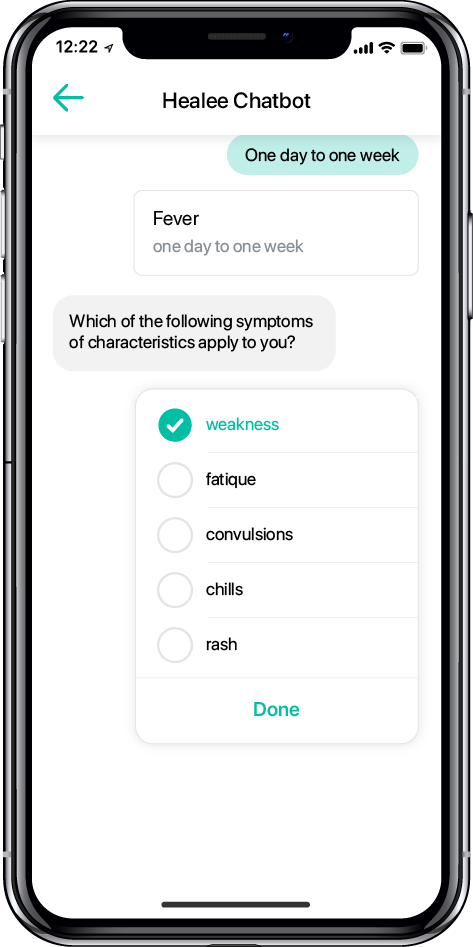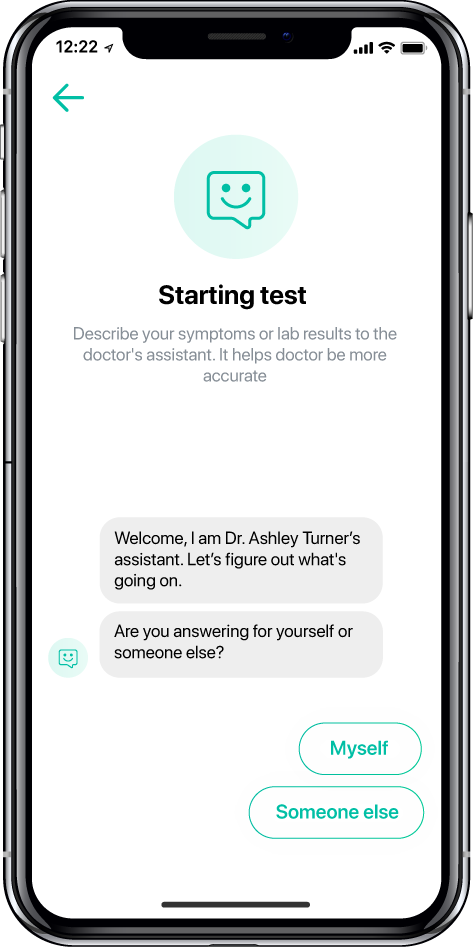There’s an interesting conversation between Neo and Councillor Hamann in The Matrix Reloaded movie. They talk about the difference between the machines that we (people) control and those that we don’t control, the AI controlled machines, the enslaver of humans in The Matrix trilogy. Here’s the most interesting part of this conversation:
Neo:
But we control these machines, they don’t control us
Councillor Hamann:
Of course not, how could they? The idea’s pure nonsense, but… it does make one wonder just… what is control?
Neo:
If we wanted, we could shut these machines down
Councillor Hamann:
Of course… that’s it. You hit it! That’s control, isn’t it? If we wanted, we could smash them to bits. Although if we did, we’d have to consider what would happen to our lights, our heat, our air
Neo:
So we need machines and they need us. Is that your point, Councillor?
The year is 2019 and we still haven’t celebrated the birth of Artificial general intelligence but AI is surely getting hotter topic by the day. To grab more attention, the daily news usually resort to the FUD (Fear, uncertainty, and doubt) tactic. “Will a certain profession become obsolete in the next 10 years because of AI?”, “How many jobs will be lost because of AI in the years to come?” and so on.
The downside of all this is that we’re focusing on the wrong perspective – fear. The right perspective is that AI is still a tool that we can use to be more productive and achieve better results. In certain areas like computer vision it’s indispensable. Yes, we still “control” it and we can still “stop” it but do we need to? Do we need to stop using all the technology that we already rely on?
In the medical sector, AI is already showing some very promising results. Whether it’s dermatology, radiology, anesthesiology, psychiatry, endocrinology or any other specialty, AI is already here, trying to make patients’ and doctors’ lives easier.
Almost a year and a half ago we released the first version of Healee, our telehealth platform that helps doctors and patients communicate better. One of the first features of the patient facing app was the so called Healee Chatbot. It’s a chatbot, based on AI, that asks patients questions about their symptoms, facts about their symptoms, severity and duration of the symptoms, lab results, if they have any, and so on.

Healee Chatbot “knows” what to ask about because it has been trained with tens of thousands of medical articles and data about medical conditions and diseases, and how these conditions typically unfold. The questions that Healee Chatbot asks don’t follow a predefined path but depend heavily on the patient’s age, gender, initial symptoms and the combination of the answers that the patient has provided so far during the conversation with the chatbot.
In essence, Healee Chatbot asks all these questions while trying to find several of the most probable medical conditions that match the provided symptoms but the most important part is that at the end of the session with Healee Chatbot, patients are guided to the right specialist.
For the last one year, we have significantly improved Healee Chatbot and we have trained it with even more data in order to make it more accurate but since day one another question has been troubling our minds. How to put Healee Chatbot in favor of doctors? Doctors seemed reluctant to consider taking advantage of the results, the possible conditions that the chatbot has found out. The possible specialties were not of much interest as well, since the patients who had already reached the doctor were obviously aware what specialist to look for.
But we were thinking too much about the destination, the end results, and less about the journey itself, the conversation between Healee ChatBot and the patient. Almost every doctor consultation starts with questions and if someone (an “assistant”) could help doctors with that part of the consultation and save them time, that seemed like a nice idea to explore.
That’s how the Healee doctor assistant was born. It’s basically Healee Chatbot repackaged as an assistant in service of doctors. When doctors have the Healee Assistant feature activated and patients contact them via Healee, the assistant will greet them and ask them to go through a short conversation with them in order to better prepare the doctor for the consultation.

Doctors, on the other hand, receive a summary of the conversation between the assistant and the patient, and can continue from then on, asking more questions and giving the best care to their patients.

While many of the Healee features have a strong focus on telemedicine, the Personal Assistant could be used even beyond the typical online consultation scenarios. For example, if doctors could have these conversation summaries before the actual on-site consultations, they could make the necessary adjustments. For example, if a certain case looks urgent, they could move the patient appointment to an earlier date, they could advise a patient to have some lab tests before the consultation or if a certain treatment needs to be changed sooner, they could advise the patient about that.
We believe that even if the saved time per consultation is in the range of several minutes, the combined saved time for doctors could be hours and that time could be used by them to see more patients and deliver the best possible care to those patients.